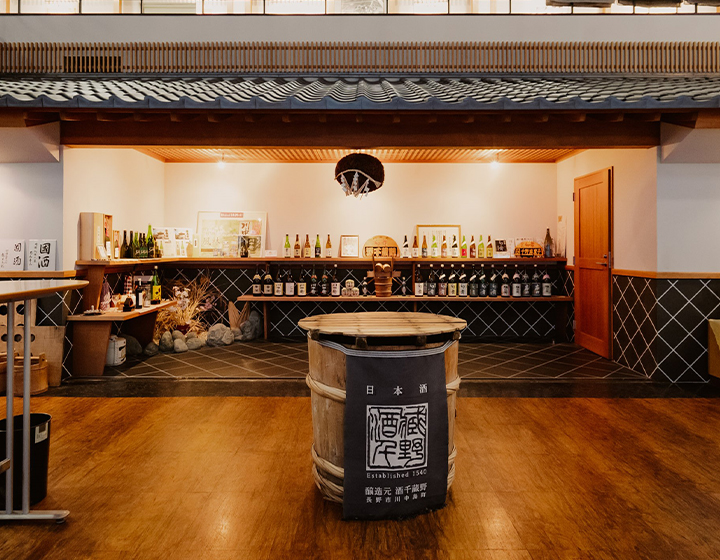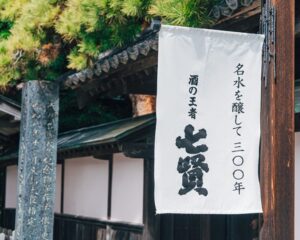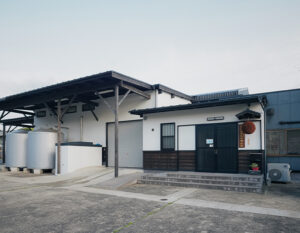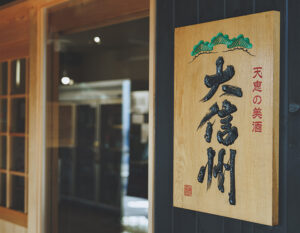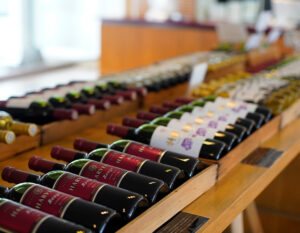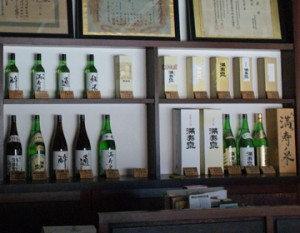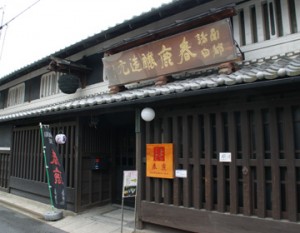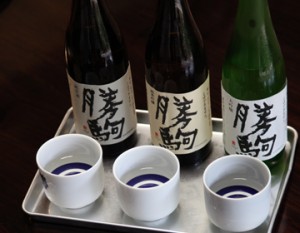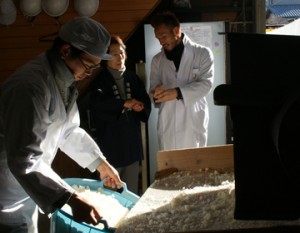Sake Sengano, a sake brewery where Shingen Takeda also served
Kawanakajima-cho, Nagano City, Nagano Prefecture, is famous for the numerous battles between Shingen Takeda and Kenshin Uesugi, the famous generals of the Warring States Period. Located in the northern part of Nagano Prefecture, this town has the oldest sake brewery in Nagano Prefecture and the seventh oldest in Japan. It is “Shusen Kurano,” founded in 1540. At the time of its founding, the brewery operated under the trade name “Chino Shuzo,” but changed to its current name in 2007 following the retirement of the previous president.
The new trade name, which is a recombination of the old name, shows the feminine sensibility of Mariko Chino, a pioneer female toji in Nagano Prefecture. Mariko was born and raised in Kawanakajima, the only daughter of the brewer. She was attracted to sake brewing after studying brewing and microbiology at Tokyo University of Agriculture. After two years of training at the National Brewery Research Institute of the National Tax Administration Agency, she returned to her hometown to renew her appreciation of sake. In the spring of 2000, eight years after beginning his apprenticeship under the previous toji, he was appointed to the position of toji two years earlier than planned due to the sudden illness of the previous toji.
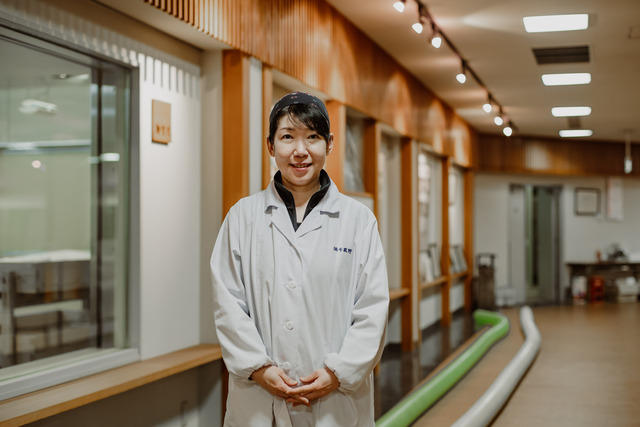
From Normal Sake to Specified Name Sake
Since assuming this position, Mariko has often been the focus of attention for her role as a female toji, but her true appeal lies in her sense and sensibility for sake brewing. The sake brewed by her has won many awards at sake competitions.
Incidentally, before Mariko became the toji, Sake Sengano (then known as Chino Shuzo) was a sake brewery rooted in the local community, brewing mainly a type of sake called “ordinary sake.
Ordinary sake is a reasonably priced sake that is sold at supermarkets and other mass merchandisers. Compared to “Tokutei Meishu,” which includes ginjo-shu and honjozo (hon-jozo), sake is more casual and easily used for everyday dining. However, since Mariko took over as toji (master brewer), she has focused on the development of the aforementioned tokutei meishu (special name sake).
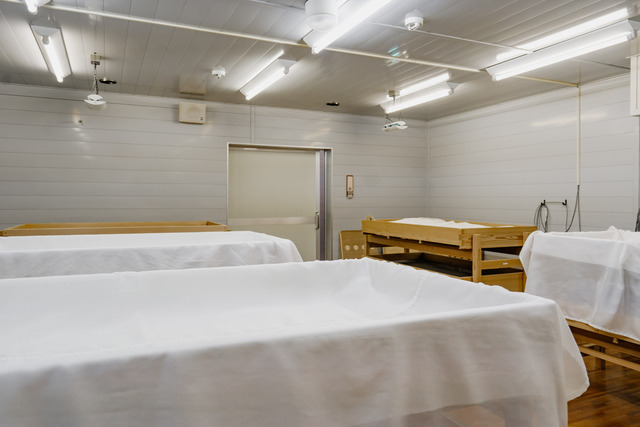
Kawanakajima Genmai,” a sake made in pursuit of her own sensibilities
Until then, the brewery brewed two types of sake: “Katsura Masamune,” a robust-flavored sake suited to the salty taste of pickles and miso, and “Kawanakajima,” a nigori sake. The new brand “Kawanakajima Genmai” was created. The launch of the new brand was influenced by the fact that at the time, consumers were becoming less and less interested in sake due to diversification of sake products, and production of mainstay products was declining year by year.
In order to always offer “Shiboritate” (freshly brewed, unfiltered, aromatic sake), it is necessary to shorten the brewing span and bottle freshly brewed sake as consistently as possible, which means that the operating period is about twice that of a typical sake brewery. Of course, the workload increases accordingly, but Mariko devoted herself to this task, even sparing time for sleep, in order to produce the ideal sake.
After the Genmai series was launched, Mariko focused her efforts on creating sake that met the needs of the times, and through repeated trial and error, increased the number of products, including rice types, rice polishing ratios, and yeasts, until the Genmai series alone now boasts a lineup of 13 products. Despite the shift in focus from regular sake to sake with a specific name, production has more than doubled since he first took over as toji.
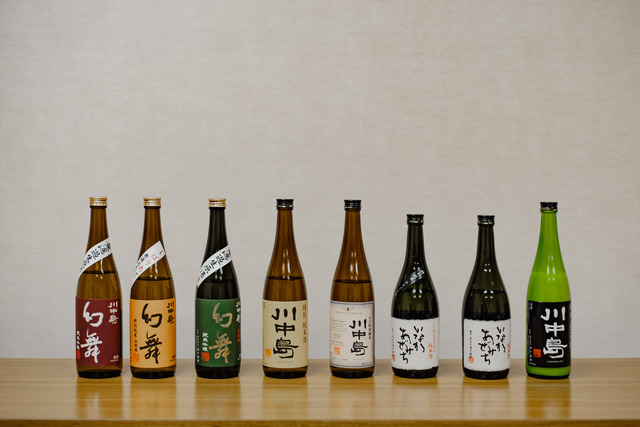
Utilizing local fallow rice paddies, the brewery has been able to give its own brewery a unique character other than just deliciousness.
As a result, the percentage of Tokutei Meishu, which is priced higher than regular sake, has increased, and the production volume has also increased, which means that Genmai’s branding has been a great success. However, Mariko humbly admits that this is not due solely to her own efforts, but also to the fact that she was able to ride the wave of the recent sake boom.
After 20 years as a toji, my strong impression of the current sake industry is that there are no major failures in any of the breweries’ sake, and that all of the sake tastes good on average. This is a wonderful thing, but perhaps it is because the basic formula for sake brewing has been established, and there seems to be a lack of individuality in each sake.
Mariko therefore decided to make the sake brewery unique by getting close to the local community and utilizing idle rice paddies to grow sake rice on a contract basis. Kawanakajima, where Sake Sengano is located, is the largest living area in Nagano City, and urban development has been active since the time of the Nagano Olympics. Perhaps because industry developed in proportion to this, many people gave up their farmland as the generations changed.
Incidentally, it is said that if rice paddies are not used for a year, crops will not grow for three years, so it is important to take good care of the paddies. Therefore, from the beginning of her career as a toji, Mariko gradually sought cooperation from local farmers and started a project to reuse the abandoned rice fields as rice fields for sake rice production before they become fallow and fall into disrepair, and the brewery purchases all of the rice from these fields.
While there have been nationwide efforts to utilize fallow rice fields, this project has continued for more than 20 years largely because of the cooperation of local full-time farmers. In the first place, to cultivate enough rice to make sake, specialized farm equipment is essential, not to mention manpower. If the project were to recruit ordinary people who just want to try farming in order to expand the denominator, the project would often run into problems and come to a halt.
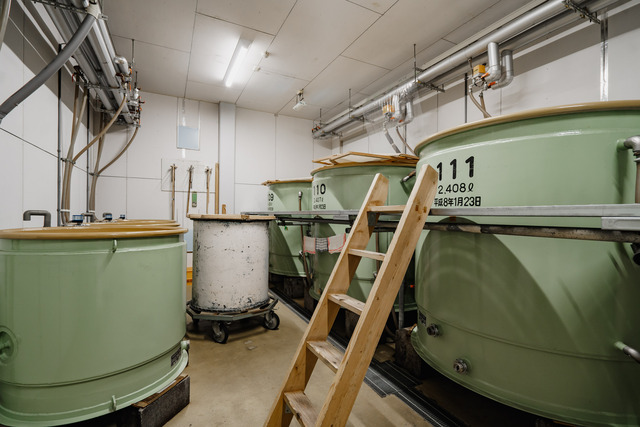
Toward a Distinctive Sake Brewery that is Close to the Community
Because they are full-time farmers, they can use their own farm equipment and accumulated know-how to take care of their own fields in a relatively easy way. In addition, the network of farmers allows them to smoothly lease land for sake rice production in the event that a neighboring rice field stops farming, thereby preventing the field from becoming fallow.
In this way, the company is able to distinguish itself by using locally grown Hitogokochi and Miyamanishiki rice, which are produced with the cooperation of the local people. As of 2024, efforts to utilize fallow rice fields have spread not only to the surrounding areas but also to neighboring towns and villages. This not only leads to effective utilization of idle fields in the region, but also provides local farmers with a new source of income and helps alleviate the shortage of successors.
Having been a sake brewery rooted in the community for about 500 years and supported by the people who live there, it is now time to use their own sake to give back to the life and economy of the community. Mariko hopes to be a sake brewery that is close to the community.



